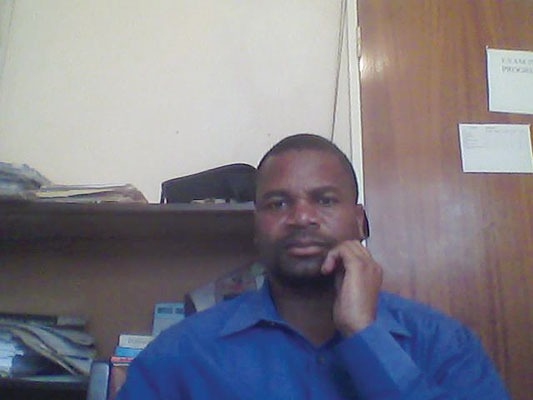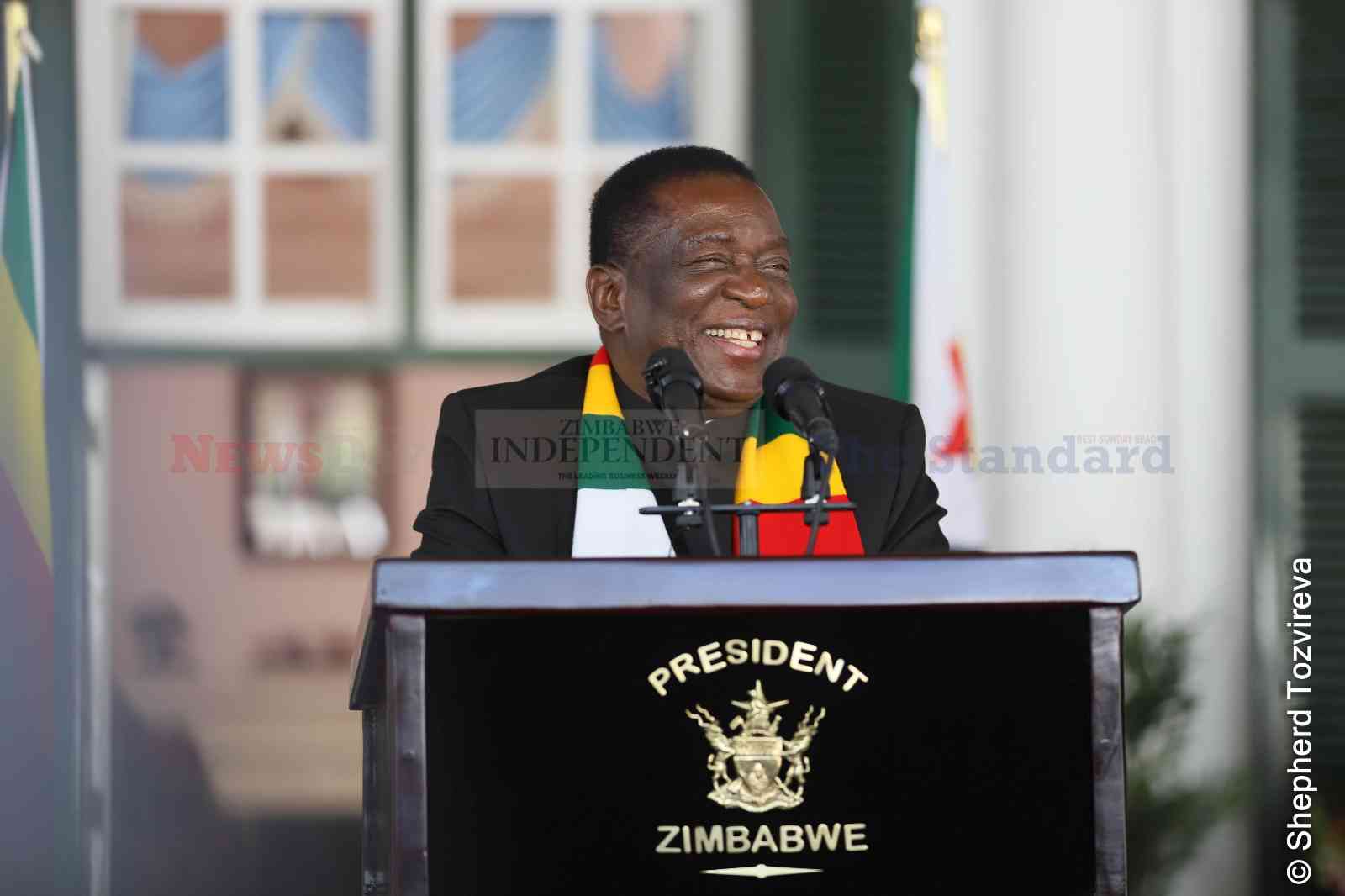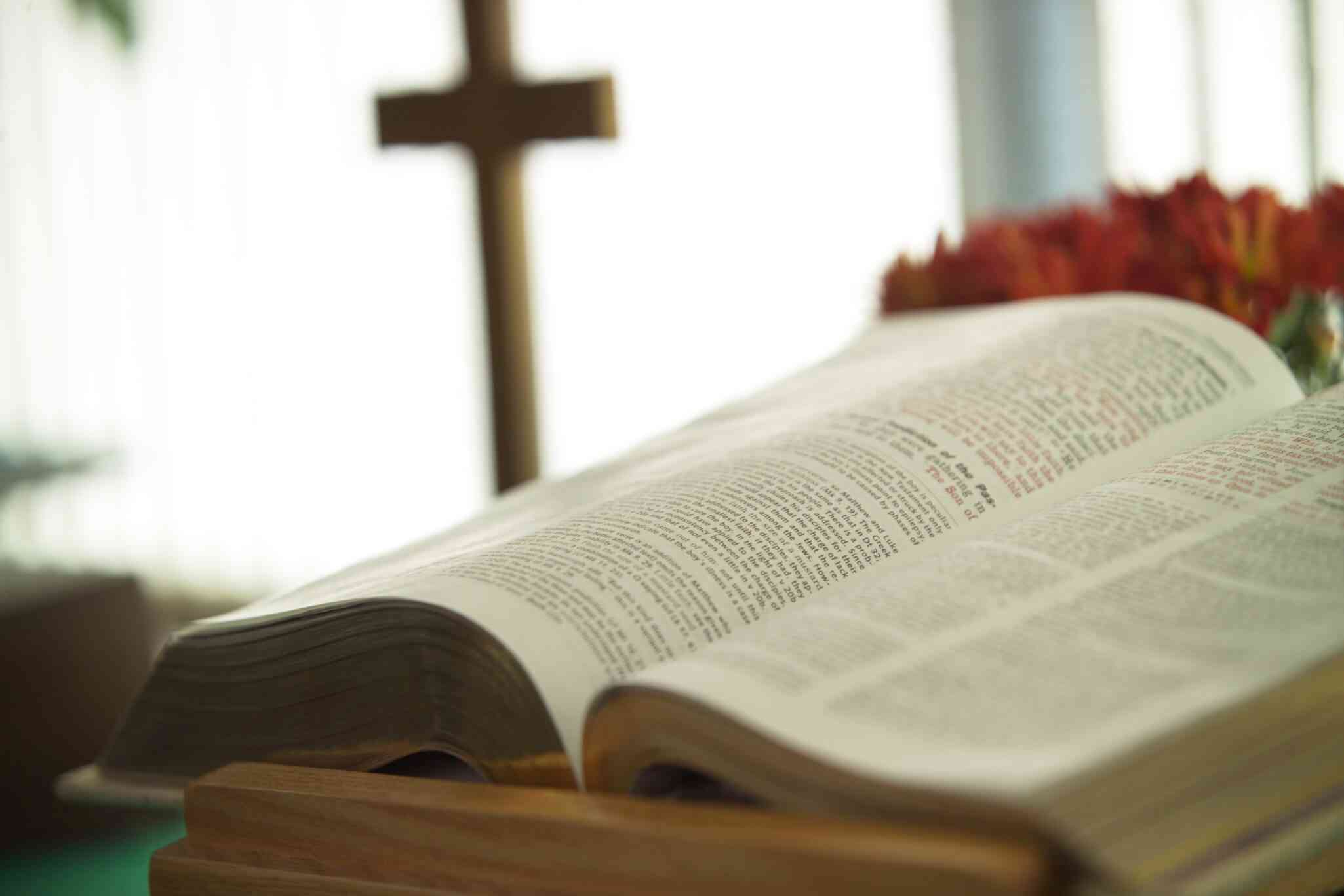
By Peter Makwanya
THE real difficulties encountered by the people who are physically challenged and impaired have been acknowledged, but have never been fully addressed. Their placement before, during and after disasters continue to show a number of procedural gaps which every nation should bother to address and rectify. There is need to raise public awareness about the nature of challenges faced by this special group of people so that they get the necessary assistance and attention they require.
The types of disasters are earthquakes, floods, fire, landslides or cyclones including drought and famine. According to the World Health Organisation (WHO), more than 10% of the world’s population are people living with physical challenges and impairment. Besides being vulnerable, most of the people who live with disabilities are poverty stricken hence they require special placement and attention.
According to the United Nations Convention on the Rights of Persons with disabilities (CRPD) persons with disabilities include those who have long-term physical, mental, intellectual or sensory impairments, which in interactions with various barriers may hinder their full and effective participation in society on equal basis with others.
It is not only the physically challenged and the impaired who need special training to support them in their efforts to become self-reliant but also the able bodied who live together with the physically challenged so that when disasters strike they quickly lend a hand. It is common knowledge that, when disasters strike, this special group of people is sometimes forgotten hence they are left to navigate their own safety. In this regard, this inclusion of the people with physical challenges which used to be known as disabilities into the mainstream development paradigm is paramount. They are a special group of people and they should have their own SDG goal.
One thing that needs to be known from the onset is that, singling out physically challenged and the impaired is not a deliberate attempt to stigmatise them but rather to acknowledge their existence and their special needs situations. They need to be considered first and foremost because they are in the special group of people of need and attention. Although the levels and magnitude of physical challenges and impairment vary in terms of complexity, they need to be contextualised and handled as per the requirements of their own situations. Disability, therefore, varies according to a person’s capabilities to deal with particular impairment and situations.
While other people can see and are able to read, at the same time they cannot hear while others can hear but cannot see as well. Some are crippled and they require wheelchairs, others need support of crutches while the extreme cases are bed ridden and require special attention. Others are amputees with either of the limbs. In terms of disasters happening these people need different forms of assistance.
In this regard it is not only significant to talk about inclusion without particularising individual cases. While inclusion is important, it is its broadness which sometimes help to perpetuate problems faced by this special group of people. While inclusion is good, it has its own demerits as well. One person maybe hearing impaired and is included among those who see and hear but this individual would be at a disadvantage when disaster strikes if those around don’t have knowledge of sign language. Therefore, inclusion without particularising and contextualising is not an end on its own hence it can end up with exclusion.
- Chamisa under fire over US$120K donation
- Mavhunga puts DeMbare into Chibuku quarterfinals
- Pension funds bet on Cabora Bassa oilfields
- Councils defy govt fire tender directive
Keep Reading
In the homes where the special group of people live together with the able bodied, there are environmental and attitudinal barriers leading to exclusion and restrictions in participation and representations. Some of the environmental problems are structural in nature where the physically challenged and the impaired have to negotiate their ways in building structures, rivers and streams, including busy roads in towns and cities as well rugged terrains in rural areas. Those who live in multi-storey buildings without lifts need to reserve the ground floor for the physically challenged fitted with disability friendly facilities to access.
There are also situations that require this special group of people to deal with information and communication systems, in combination with the environment and attitudinal factors contributing to reduced capacities to participate in society favourably. In terms of information and communication systems, not all societies have braille material for the visually impaired including newspapers written in braille so that these people read about disaster management issues on their own. Others who are partially deficient in hearing require hearing aids but they are not always available.
Those with a wide range of impairments cannot sufficiently interact with social and communication services like radio, television, computers, mobile phones or cameras. While radio remains one of the most important media for communication, sometimes people with hearing impairments are left out by commission. Radio, in its powerful interactive and connective nature is not enjoyed by those who cannot hear music playing and news about natural disasters approaching and other early warning systems (EWS) about weather events. Early warning systems are significant in conscientising and identifying the physically challenged and the impaired before, during and after disasters. Besides all these envisaged initiatives, glaring non-inclusive gaps continue to exist in many countries’ policy frameworks and advocacy.
Special requirements of persons with challenges and impairments should be met regardless of the nature of disabilities. That is why these people are considered to be a special group of people because the special needs of male and female persons need to be respected and fulfilled in the event of disasters attacking. That is why women and children with disabilities and impairments need protection before, during and after the disasters as they are prone to abuse. The women usually lack sufficient coping strategies coupled with challenges of accessing sanitary ware.
Their privacy and dignity need to be guaranteed as well. There are also people with intellectual impairment, they cannot read and understand instructions hence they need services of images and signs to correctly guide them.
Messages in sign-language should be readily available for the hearing impaired, for easier access to information especially on television, which many other countries seem to be doing. Although simulations by the able bodied dramatising the living styles of the physically challenged and the impaired are critical, they are not always recommended as they stigmatise. If the physically challenged and impaired are available they can be used to demonstrate the real-life situations of their lived experiences although some people view this as stigmatisation, which in practical situations is not.
With the SDGs mantra advocating for not leaving anyone behind and in this regard, it is believed and assumed that, the physically challenged and impaired are included in goal number 16 (Peace, justice and strong institutions). This appears not adequate as there is no specific SDG talking about the disabled and how can this group of people be classified as a special group with special education, special care, facilities and materials designed for them.
Peter Makwanya is a climate change communicator. He writes in his personal capacity and can be contacted on: [email protected]











